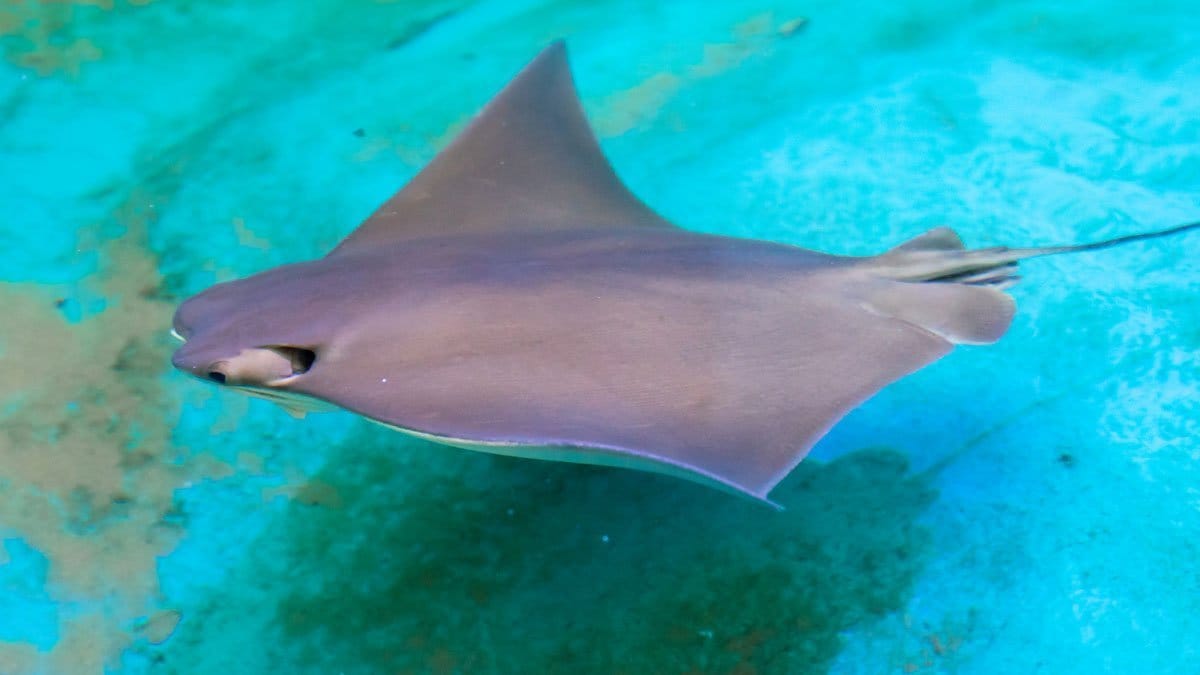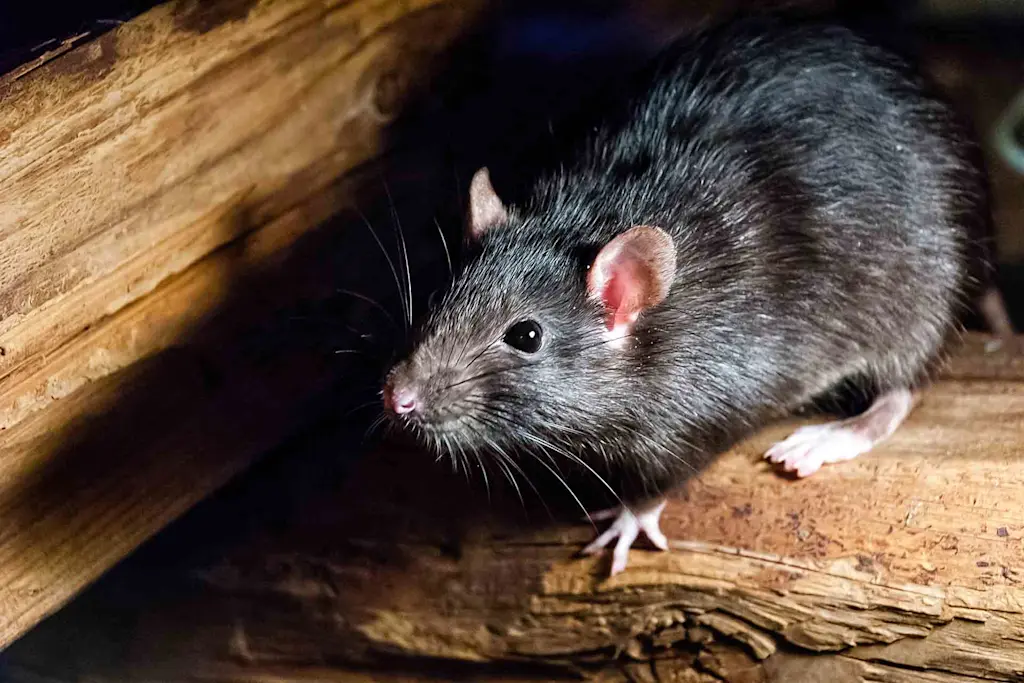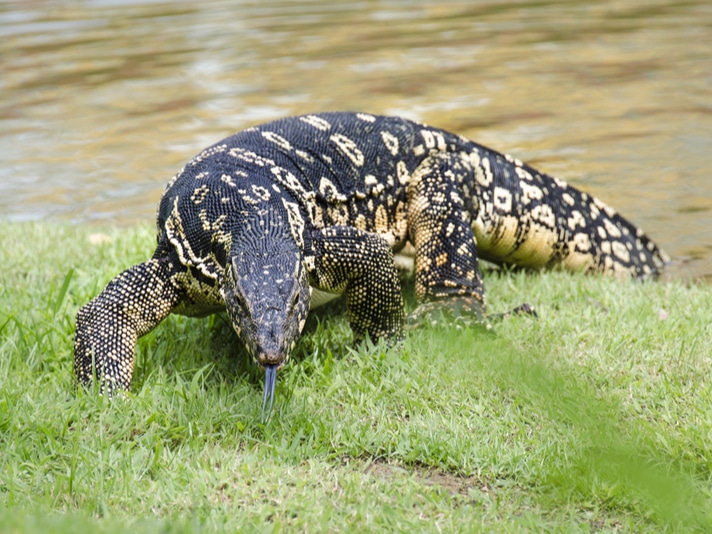Stingrays are fascinating creatures that inhabit a variety of aquatic environments around the world. Belonging to the family Dasyatidae, they are known for their flat bodies and long, whip-like tails, which often carry venomous spines. These marine animals are not only intriguing but also play a crucial role in maintaining the balance of their ecosystems.
Here’s more detailed information about stingrays, including their behavior, conservation status, and cultural significance.
Stingray Behavior
Stingrays are generally solitary animals but can gather in large numbers during migrations or when feeding. They spend most of their time buried in sand or mud, using their camouflage to avoid predators. This behavior helps them conserve energy and ambush prey more effectively.
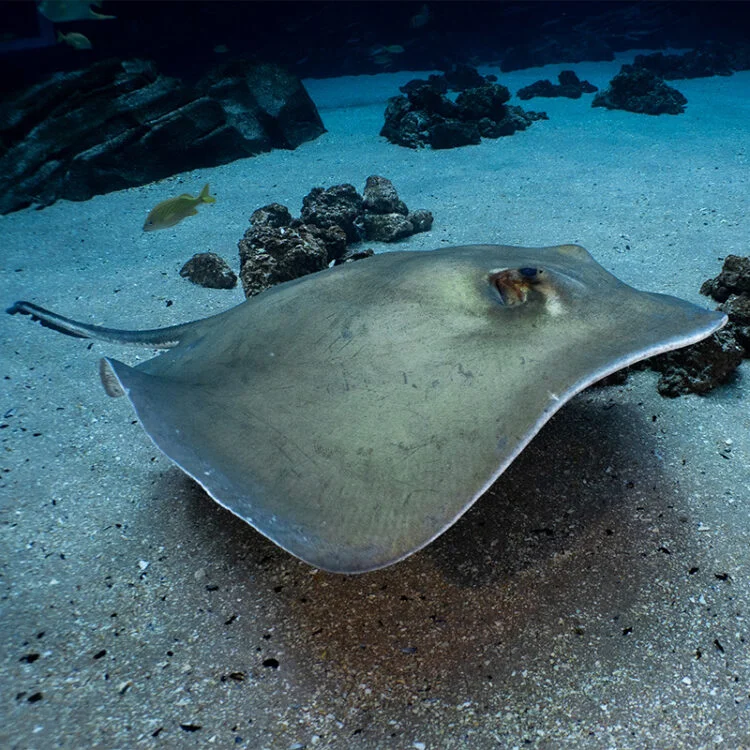
Social Structure
While stingrays are often alone, some species are known to form small groups. For example, the bluespotted ribbontail ray often gathers in shallow sandy areas during high tide. These gatherings can be important for mating or feeding.
Communication
Stingrays communicate primarily through body language and vibrations. They use their powerful sense of electroreception to detect prey and navigate their surroundings. This ability allows them to detect the electrical signals produced by all living creatures, helping them locate food even in murky waters.
Conservation Status
The conservation status of stingrays varies by species. Some are listed as endangered due to habitat loss and overfishing, while others are more abundant and widespread.
Threats
- Habitat Loss: The destruction of coastal habitats, such as mangroves and coral reefs, reduces the available habitat for stingrays.
- Overfishing: Stingrays are often caught accidentally in fishing nets intended for other species. This bycatch can significantly impact their populations.
- Climate Change: Changes in ocean temperatures and chemistry can affect the distribution and abundance of their prey, making it harder for stingrays to survive.
Conservation Efforts
Conservation efforts include habitat preservation and reducing bycatch in fishing nets. Some organizations work to establish marine protected areas where stingrays can thrive without human disturbance. Additionally, education campaigns help raise awareness about the importance of stingray conservation.
Cultural Significance
Stingrays have cultural significance in various societies, often appearing in local folklore and art. Their unique appearance and behaviors make them fascinating subjects for study and admiration.
Folklore and Art
In some cultures, stingrays are revered for their strength and resilience. They are depicted in traditional art forms, such as carvings or paintings, symbolizing power and protection.
Cuisine
In some regions, stingrays are considered a delicacy and are consumed locally. However, this practice can contribute to overfishing and habitat degradation if not managed sustainably.
Human Interaction
Stingrays are often encountered by humans in shallow coastal waters, where they may be accidentally stepped on. While their sting can be painful, most attacks occur in self-defense.
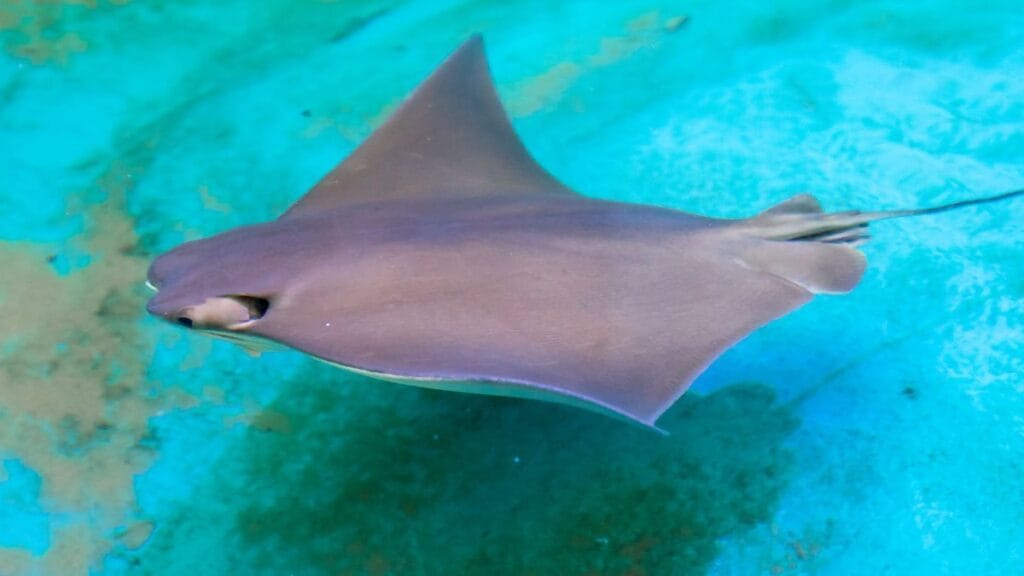
Safety Precautions
When swimming or walking in areas where stingrays are common, it’s advisable to shuffle your feet rather than stepping directly on the sand. This helps avoid startling them and reduces the risk of being stung.
Stingray Encounters
Encountering a stingray in its natural habitat can be a memorable experience. Observing these creatures from a safe distance allows us to appreciate their beauty and importance in marine ecosystems.
Conclusion
In conclusion, stingrays are fascinating creatures that embody the diversity and resilience of marine life. Their unique characteristics and ecological importance make them a vital part of their ecosystems. As we continue to learn more about these animals, it’s essential to support conservation efforts to ensure their survival for generations to come.

